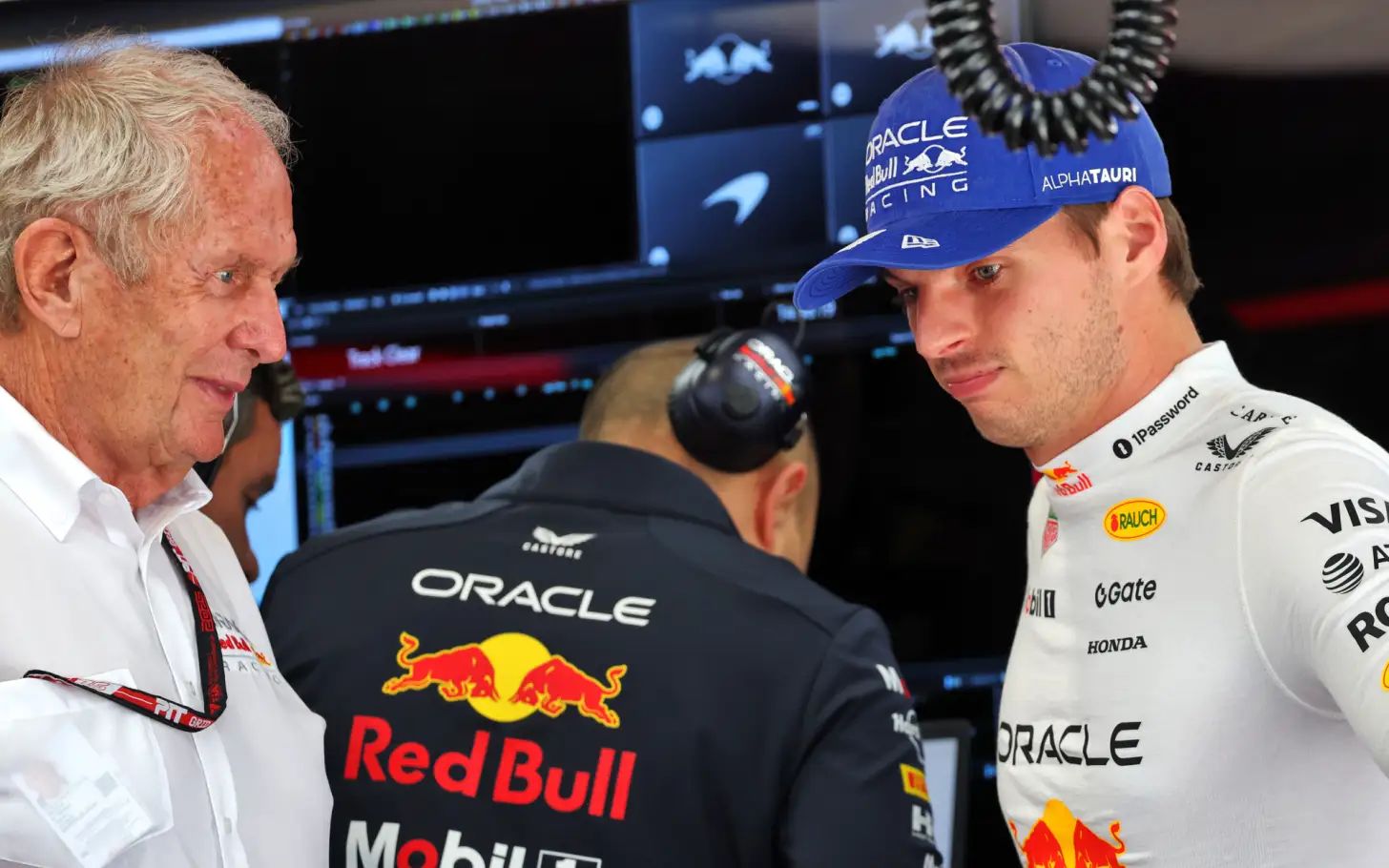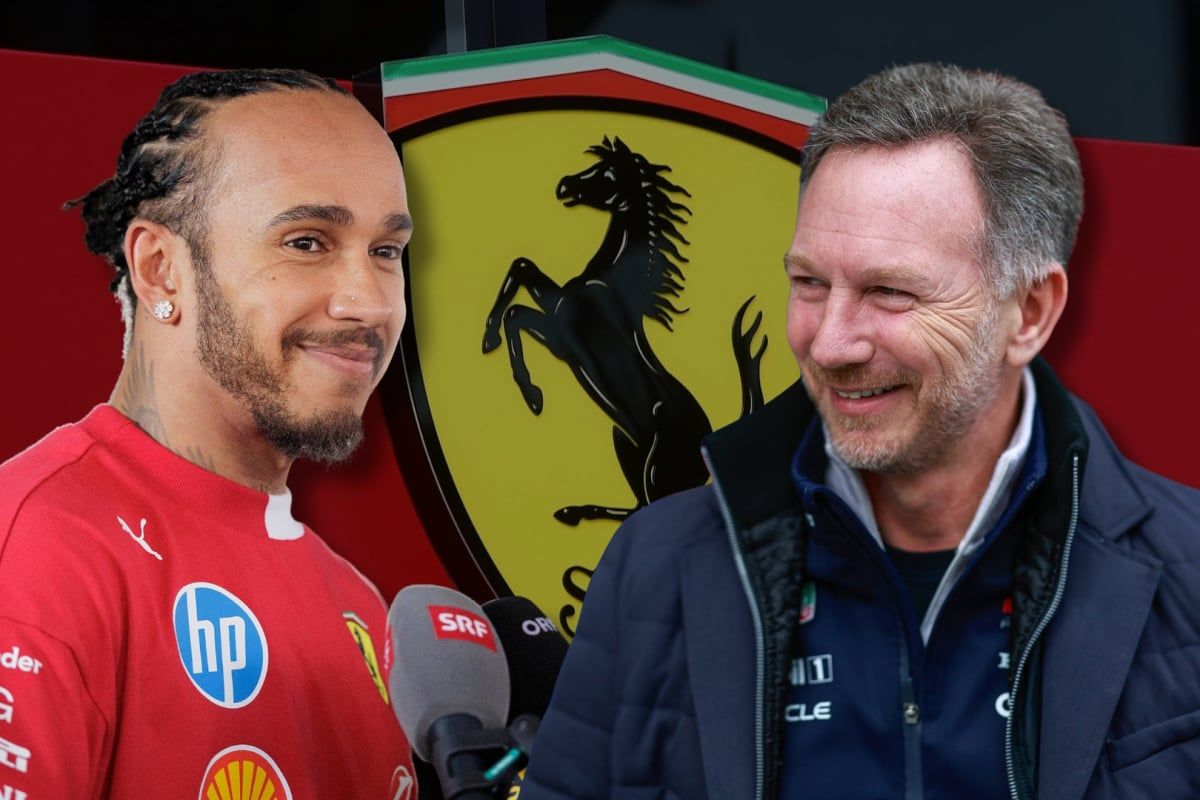Max Verstappen’s Damning Statement: “F1 Cars Don’t Belong on Street Circuits”
Four-time Formula 1 world champion Max Verstappen has made a bold and controversial statement about the current state of Formula 1, declaring that modern F1 cars “don’t belong on street circuits.” The Dutch driver’s remarks have reignited a long-standing debate about the place of iconic venues like Monaco on the sport’s ever-evolving calendar.
Over the years, Formula 1 has seen an increasing number of street circuits introduced, with organizers believing they bring the sport closer to fans and offer stunning backdrops for global television audiences. Yet, as Verstappen points out, these tracks may not necessarily deliver the kind of racing spectacle fans crave.
The Struggle of Street Racing
Street circuits such as Monaco, Baku, Singapore, Jeddah, and Las Vegas have become fixtures in modern F1, but the challenges they present have also become more apparent. The cars of today are larger, heavier, and wider than ever before—features that significantly limit overtaking opportunities on narrow city streets.
Monaco, once considered the crown jewel of Formula 1, has increasingly been criticized for producing dull, processional races. Verstappen’s comments have thrown fresh light on this concern, as fans and drivers alike question whether the glamour of Monte Carlo compensates for the lack of on-track action.
Speaking on the Pelas Pistas podcast, Verstappen shared his honest assessment of the issue:
> “I feel like an F1 car doesn’t belong on the street circuits. Let’s say it like this: if Monaco wouldn’t have been on the calendar ever, and now they would say, ‘Can you come race here?’—for sure, it wouldn’t be possible.”
The reigning world champion’s statement reflects the growing sentiment that F1’s current car designs are simply too incompatible with tight, twisting street layouts.
The Problem with Modern Cars
Verstappen elaborated further, explaining that the evolution of F1 machinery has made street racing impractical.
> “It’s just because of the history, which is fine. But these cars are too long, too wide, too heavy,” he added.
The dimensions and weight of current F1 cars are a byproduct of modern safety regulations, hybrid technology, and aerodynamics. While these innovations have made the cars faster and safer, they’ve also made close racing extremely difficult on confined tracks.
This problem isn’t limited to Monaco alone. The sport now features eight street circuits on its 2025 calendar, and a ninth is expected in 2026 with the addition of the Madrid Grand Prix. Although some, like Jeddah or Baku, offer wider layouts that still allow for overtaking, others remain largely processional.
F1’s Attempts to Fix the Issue
In response to mounting criticism, Formula 1 introduced a mandatory two-stop rule for the 2025 Monaco Grand Prix. The idea was to introduce strategic variety and create opportunities for teams to gamble on tire choices. While the rule has added a touch of unpredictability, it hasn’t solved the core issue—a lack of overtaking.
The regulation is set to continue in 2026, but many fans and pundits argue that no amount of strategy can make up for cars that are physically too large to race side by side.
Monaco’s Legacy Still Matters
Despite Verstappen’s harsh verdict, there’s no denying Monaco’s historic importance to Formula 1. The race, first held in 1929, remains a symbol of prestige, glamour, and driver skill. Winning in Monaco is considered one of the ultimate achievements in motorsport due to the circuit’s unforgiving nature—a mistake of just a few centimeters can end a driver’s race.
For that reason, many believe Monaco still deserves its place on the calendar, even if the race isn’t the most thrilling in terms of wheel-to-wheel action. The circuit demands absolute concentration and precision over 78 laps, testing a driver’s technical control more than outright speed.
Formula One Management (FOM) seems to share that sentiment, having extended Monaco’s contract earlier this year. The event’s heritage, combined with its unique setting, ensures it remains a fan favorite—at least for now.
The Broader Debate
Verstappen’s comments have added fuel to a growing discussion within F1 circles. Should the sport continue prioritizing glitzy street events designed for spectacle, or return to traditional race tracks that promote pure racing excitement?
While some fans enjoy the scenic visuals and city-center atmosphere, others argue that Formula 1’s identity lies in circuits like Spa, Silverstone, Suzuka, and Monza—venues built for speed and competition, not celebrity appearances and photo opportunities.
Verstappen’s critique serves as a timely reminder that Formula 1’s future direction must balance entertainment and sporting integrity. As cars evolve and new races join the calendar, the sport will need to decide whether it wants to preserve tradition or prioritize commercial appeal.
For now, one thing is clear: Max Verstappen’s words have sparked a much-needed conversation about what Formula 1 truly stands for—and where it should go next.




